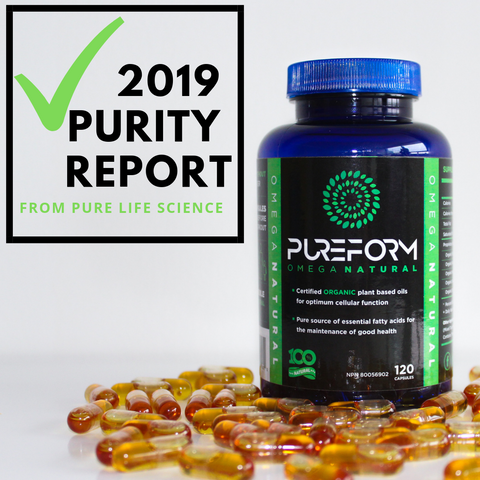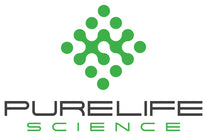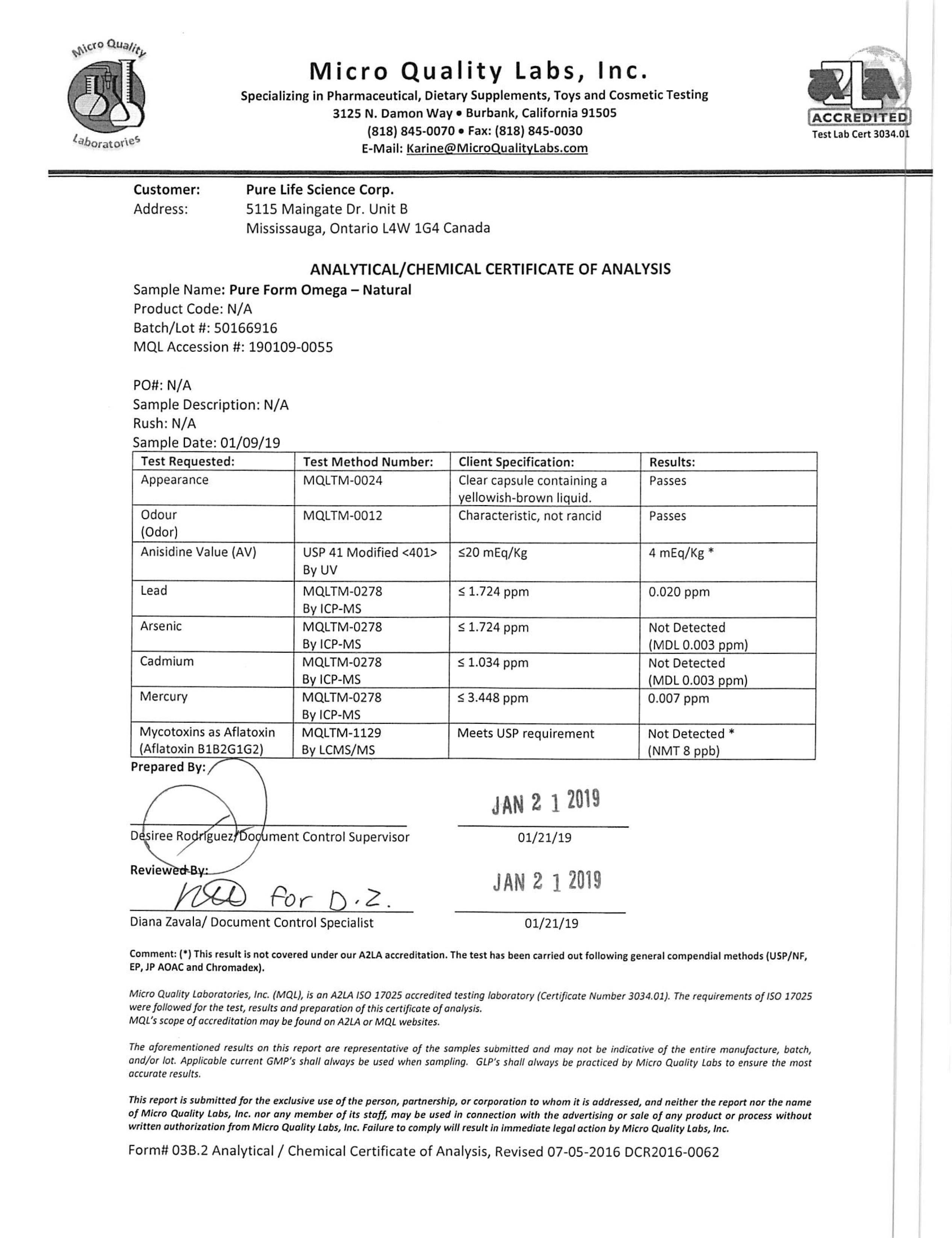2019 Purity Report From Pure Life Science

The new purity report commissioned by Health Canada is in and once again, Pure Form Omega is about as pure as you can get, as can be seen below.
Let’s go through this report so you know what it means.
Line 1: The appearance is fairly self-explanatory: it is as clean as an oil should be.
Line 2: Oils can turn rancid due to processing, heat, light, and or oxygen exposure. An example that you may be familiar with is with a rancid/rotten fish odor. Our product passed with flying colours.
Line 3: Anisidine Value (AV): “Anisidine value test is used to assess the secondary oxidation of oil or fat, which is mainly imputable to aldehydes and ketones, and is therefore able to tell the oxidation “history” of an oil or a fat. Furthermore, AnV analysis on oil is an indicator of excessive oil deterioration in deep frying process.” ("p-Ansidine Value (AnV) test in Fats and Oils,” 2019). Put simply, an AV test is a measure of fat oxidation (degradation). As fat oxidizes, it becomes more toxic. Many oils on the market today have a higher AV and are more toxic than you might think (Cameron-Smith, Bejamin, & Cutfield, 2015). The AV number is low (4meq/kg), which shows how the unique processing preserves freshness naturally, giving confidence in its use.
Lines 4 to 7: Virtually no heavy metal contamination. Heavy metals can be very dangerous to living systems and should be avoided at all costs.
Line 8: No contamination by fungus, evidence of clean handling and storage of product.
Overall, one can see the true quality of the product from this report. It is our commitment to providing the best sourced omegas to you and your family to maintain the best health you can. Fresh, clean, and natural purity is what Pure Form Omega is all about!
REFERENCES
Cameron-Smith, D. Bejamin, B., Cutfield, W. (2015). “Fishing for answers: is oxidation of fish oil supplements a problem?” Journal of Nutritional Science, 4 (36). doi: 10.1017/jns.2015.26
“p-Ansidine Value (AnV) test in Fats and Oils”. (2019). Retrieved from https://www.cdrfoodlab.com/foods-beverages-analysis/anisidine-value-fats/

